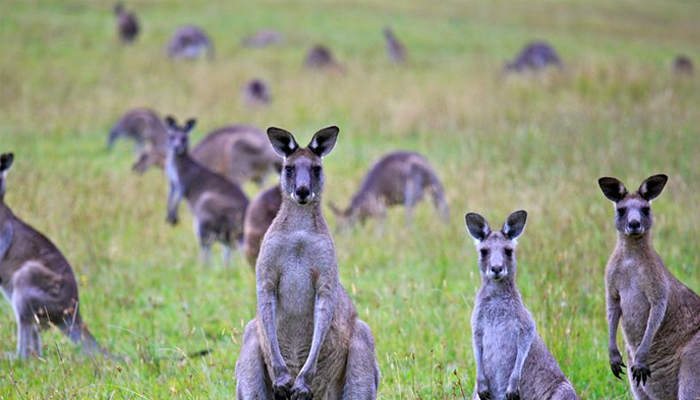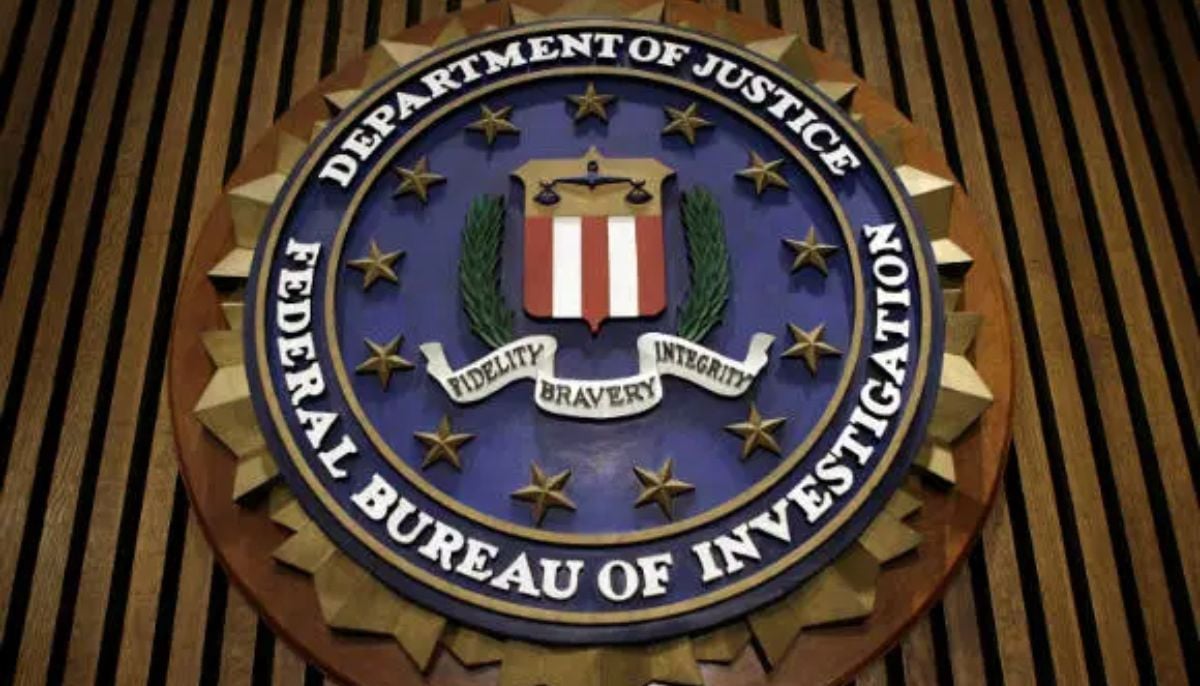Kangaroos killing permitted after Australian state switches to survival mode
CANBERRA: Animal welfare concerns have been raised after farmers in Australia’s most populous state were allowed to shoot kangaroos in order to keep them from starving to death.
CANBERRA: Animal welfare concerns have been raised after farmers in Australia’s most populous state were allowed to shoot kangaroos in order to keep them from starving to death.
The regulations to shoot kangaroos have been changed after New South Wales was declared entirely in drought on Wednesday, with farmers having little to feed their livestock.
“Many farmers are taking livestock off their paddocks, only to then see kangaroos move in and take whatever is left,” Primary Industries Minister Niall Blair.
“If we don’t manage this situation, we will start to see tens of thousands of kangaroos starving and suffering, ultimately leading to a major animal welfare crisis,” he added.
But Ray Borda, president of the Kangaroo Industries Association of Australia, which represents commercial shooters who hunt kangaroos for meat and leather said: “Anybody on the land that will make a phone call to the Department of Environment can get permission to shoot almost whatever they want to shoot and it’s unaudited and unchecked and that’s our concern animal welfare,” Borda told Australian Broadcasting Corp.
The government would have been better off subsidising professional shooters to reduce kangaroo numbers more humanely, he said. “We see this as probably the worst possible outcome for the kangaroo, but I’ve got to emphasise we do understand the plight that farmers are in,” Borda said.
According to AP news agency, the authorities have lifted the number of kangaroos that farmers are allowed to shoot and reduced bureaucratic red tape facing land holders applying for permission to shoot. “The requirement to tag dead kangaroos to keep a tally of the number shot across the state had been dispensed with, ” said a report.
According to AP the drought conditions in New South Wales state this year have been the driest and most widespread since 1965.
-
Drunk driver tries to snatch San Diego deputy’s gun during chase
-
Rare Pokémon cards worth $100k stolen in New York shop robbery
-
Nobel Prize snub hardens Donald Trump's tone on ‘peace’
-
FBI’s most wanted caught after 10 years in Mexico
-
UK Starmer rules out US trade war, calls for ‘calm diplomacy’ over Greenland
-
IMF’s World Economic Outlook: ‘Resilient’ 2026 growth expected amid tariffs & AI boom
-
South Korea, Italy strengthen ties to bolster AI technology, business, defence cooperation
-
Elon Musk shares crucial advice as China’s birth rate hits record low since 1949












